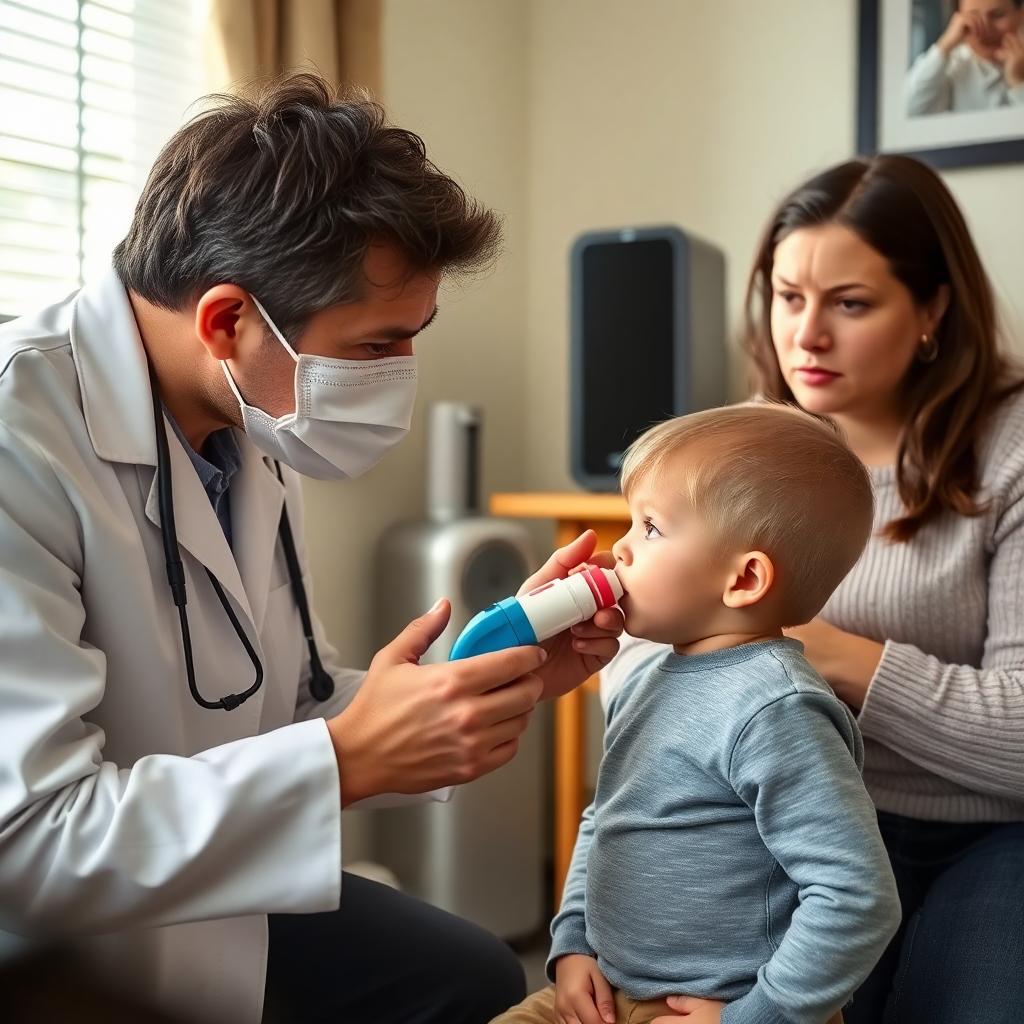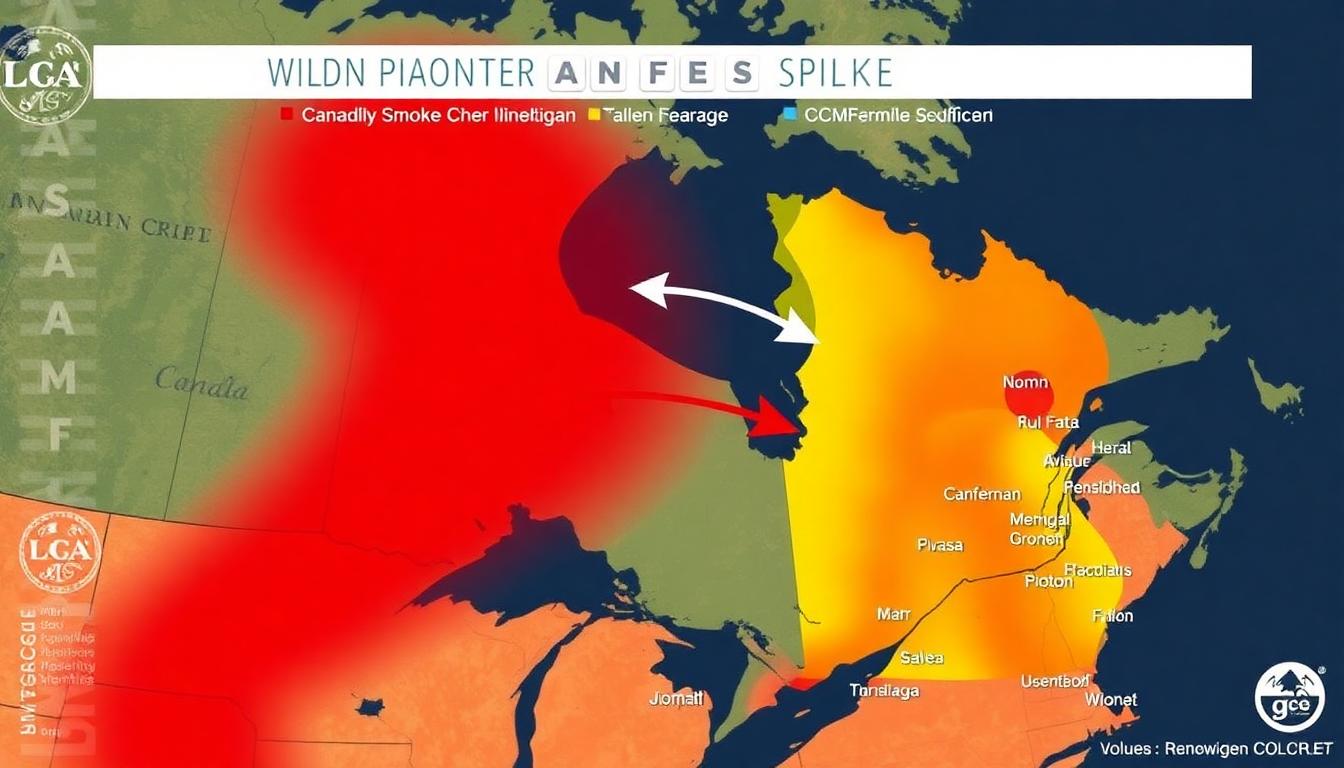Across Michigan and Minnesota, a recurring summer threat has grown more severe: smoke from Canadian wildfires. In August 2025, much of the Midwest again found itself under a hazy sky, with air quality warnings and health advisories becoming part of daily life. The effects of this event touched big cities and rural areas alike, straining healthcare systems and changing routines for millions.
How the Wildfire Smoke Travels
Every summer, wildfires in Canada’s western forests blaze out of control, fueled by dry conditions and heat. Winds often carry a thick veil of smoke far south into the United States—hundreds of miles from the fires themselves. In Minnesota and Michigan, air quality often plummets even when no local fires burn close by.
Meteorologists track smoke plumes using satellites and weather stations set up across the region. When winds shift out of the north or northwest, thick clouds of smoke sweep down across the Great Lakes region. Even on sunny days, the haze can turn the sun orange and keep temperatures lower than forecast.
Health Dangers: Why This Matters

Wildfire smoke carries tiny particles called PM2.5, which can enter deep into people’s lungs and bloodstream. When air quality index (AQI) numbers climb above 100 or 150, sensitive groups—especially children, the elderly, and people with asthma—are most at risk.
Dr. Emily Nguyen, a pulmonologist in Minneapolis, says, “During smoke events, we see a clear spike in ER visits for breathing problems. It’s not just those with chronic illness—even healthy adults can struggle.” Schools often move recess indoors, and outdoor activities for youth sports or summer camps get canceled on heavy smoke days.
Masks rated N95 or higher help reduce breathing in the most harmful particles. Many families in affected areas now keep air purifiers running in their homes throughout the wildfire season.
The Impact on Daily Life

Summer in the Midwest usually means spending long hours outside—but this year, many plans were upended. Parks issued temporary closures. Cities halted public events and festivals. Residents who love running, cycling, and gardening found themselves stuck inside, checking AQI numbers on their phones each morning.
Allisa Ford, a mom in Grand Rapids, says, “I hate keeping my kids indoors, but when the smoke is thick, I worry too much about them playing outside. My youngest got a cough last year that lasted for weeks.”
Local governments and libraries offered “clean air centers”—places where vulnerable people could spend time indoors in filtered environments. These measures, while helpful, cannot reverse weeks or months of poor outdoor air quality.
Wildfires and Weather: A Growing Pattern

Climate change is making wildfire seasons start earlier and burn hotter, say many scientists. This means bigger blazes, longer durations, and more smoke for regions far away. Both Michigan and Minnesota have experienced record-setting AQI readings the past three years. The heavy reliance on outdoor summer activities puts the Midwest at particular risk, especially as wildfires show no sign of slowing down.
Officials in both states urge governments to work together to reduce fire risk. That includes controlled burns, better forest management, and increased resources for fire response in Canada. While the problem’s root cause crosses national borders, its effects are strongly felt locally—in people’s health, their happiness, and their day-to-day lives.
What’s Next For Residents?
Air quality experts don’t expect the threat of wildfire smoke to fade any time soon. Many suggest steps for personal safety:
- Check AQI forecasts before spending lots of time outside.
- Keep doors and windows closed on heavy smoke days.
- Use HEPA-certified air purifiers at home.
- Wear rated masks if you must go out in thick smoke.
- Avoid burning candles or using gas stoves indoors, which can add more pollution.
Pediatricians, elderly care centers, and athletic associations have all updated their policies for “smoke season.” The best protection is prevention, but public health officials stress that individual action can still help.
Looking Forward
Wildfire smoke now shapes the summer routine in much of the Midwest. People hope for more action to stop massive fires at their source, but until then, they rely on basic steps to protect themselves and their families. Clean air, once taken for granted, is now something to watch, measure, and, sometimes, fight for each day the sky turns gray.
To contact us click Here .







